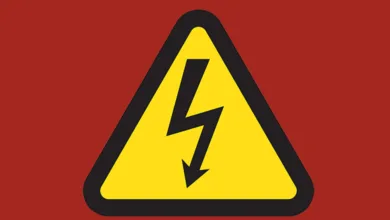Filing Early for Social Security Retirement Benefits Leads to Some Drawbacks

This year, 2019, marks the first time more than half of baby boomers in the United States are age 62 or older. More than 38 million people are fast approaching a major life decision: “When should I take my Social Security benefits?”
In its Annual Statistical Supplement for 2018, the Social Security Administration reports 70% percent of the 42.4 million retired workers received reduced benefits because they filed before their full retirement age. In fact, research shows more than half of these beneficiaries filed for Social Security retirement benefits earlier than their full retirement age out of financial necessity (such as not saving enough) and another third filed as the result of unforeseen issues, such as health issues or employment changes.
So, we asked David Freitag, a financial planning consultant with MassMutual, about the drawbacks of filing early.
“First,” he said, “if your full retirement age is 66, and you take benefits at 62, the payment at 62 is 25% smaller than the payment at full retirement age.”
Freitag continued, “If you delay taking benefits until after full retirement age, you can earn delayed retirement credits at an 8% per year increase between the ages of 66 and 70, resulting in a 32% increase to your benefit payment.”
Another important drawback to taking benefits before full retirement age is the earnings test.
“Taking benefits at age 62 and making more than $17,640 (adjusted each year) will reduce benefits because the formula is a two-for-one offset,” Freitag explained.
This means that for every $2 you withdraw over the test-exempted amounts, your benefits reduce by $1.
“It is possible to recoup these withheld benefits,” Freitag said, “but it takes time to achieve a total payback. The test exempt amount formula is a little more forgiving the year of your full retirement age with a threshold amount of $46,470 and a three-for-one offset.”
Freitag added, “It is better to know the rules before you file as you only have one year to make a change.”
To learn more about the earnings test visit: https://www.ssa.gov/planners/retire/applying2.html






